
Today I visited the USS Pampanito, a museum u-boat at Fisherman’s Wharf in San Francisco. I was especially interested in the encryption machine that is allegedly on display on this ship. My trip ended up as a disappointment.
A Munich auction house is going to sell an SG-41 (Hitler mill) at auction. Blog reader Markus Sperl has been on site and has provided me a few pictures of the machine.
In WW2, Berlin-based company Heimsoeth & Rinke not only produced the Enigma, but also a cipher cylinder, about which as good as nothing is known. Can my readers help to research the history of this device?
My friend Stefan Beck, owner of a typewriter museum, has purchased a rare Hagelin encryption machine. Does a reader know, why it looks different from other devices of the same model?
Harry Welsch was a notable German cryptographer and mathematician during the Second World War. Not much seems to be known about him. Norwegian Enigma expert Frode Weierud would like to change this. Can my readers help?
Two years ago, I published a list of all German WW2 encryption machines I was aware of. Meanwhile, I have some new information. Here’s an update.
On September 21, 2018, a reconstructed Turing-Welchman Bombe will try to find an Enigma key, just as it did during World War II. Deciphering experts will use this key to decrypt eavesdropped Enigma messages. The whole event will be live streamed on the internet.
Fritz Menzer was one of the brightest German cryptologists of the Second World War. A number of important points in his biography are still unclear. Can my readers solve these mysteries?
On Wikimedia, photographs of a number of lesser-known encryption devices from Switzerland are available. Can a reader tell me more about them?
The Siemens & Halske Geheimschreiber (T-52) was the second-most im portant encryption machine of the Germans in World War II. George Lasry has recently published a few computer-based attacks on this device.
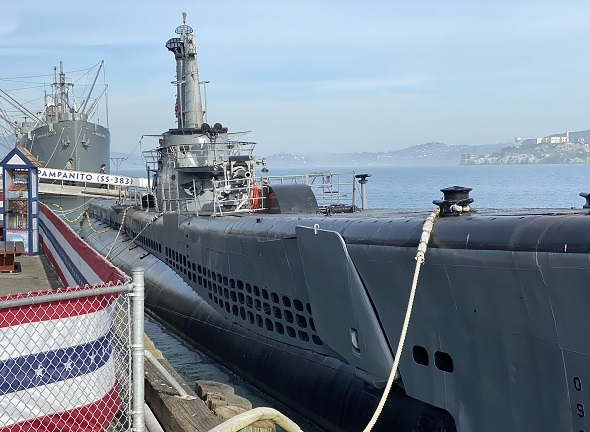
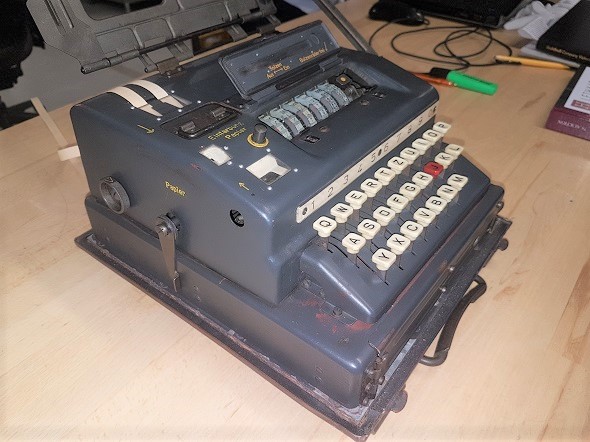
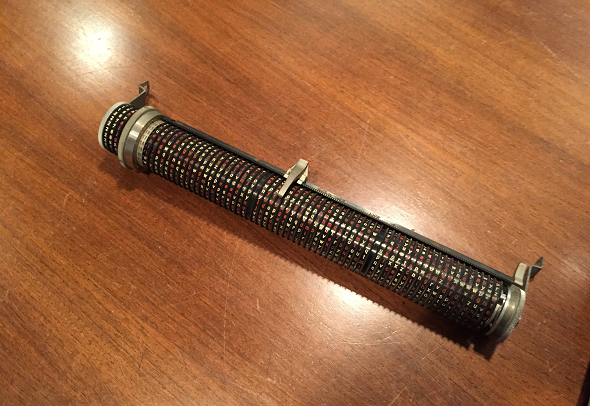
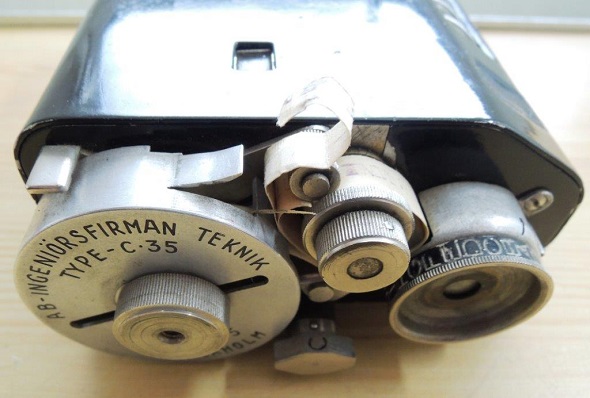
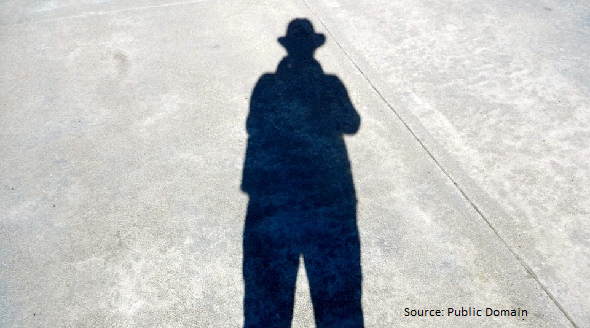
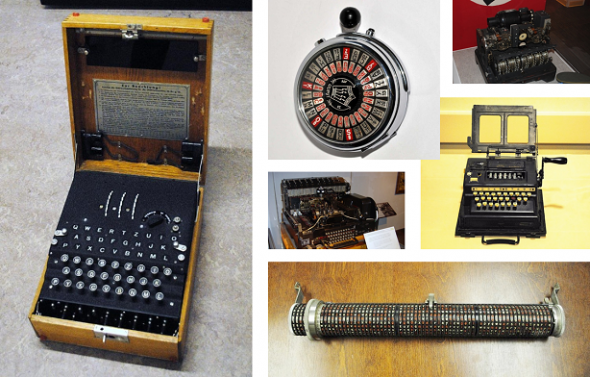
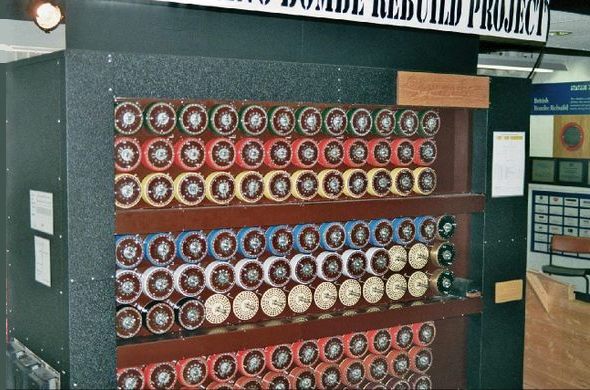
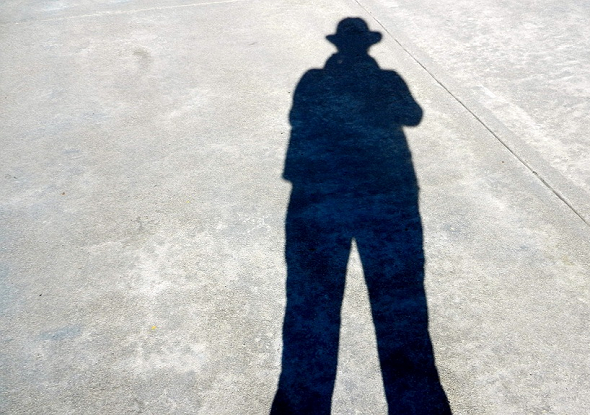
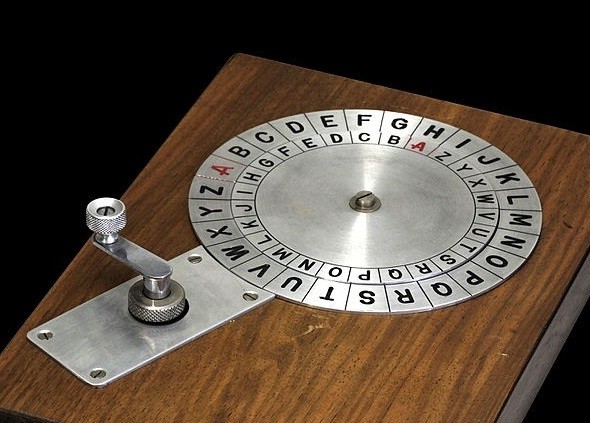
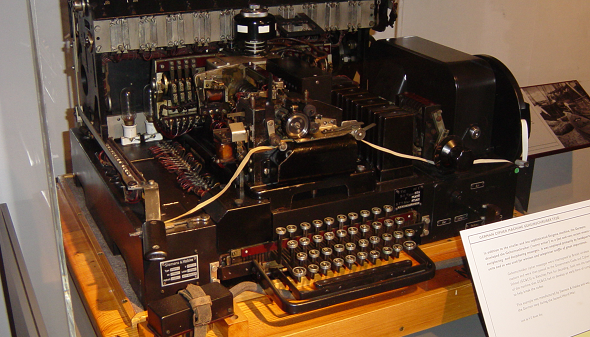

Letzte Kommentare